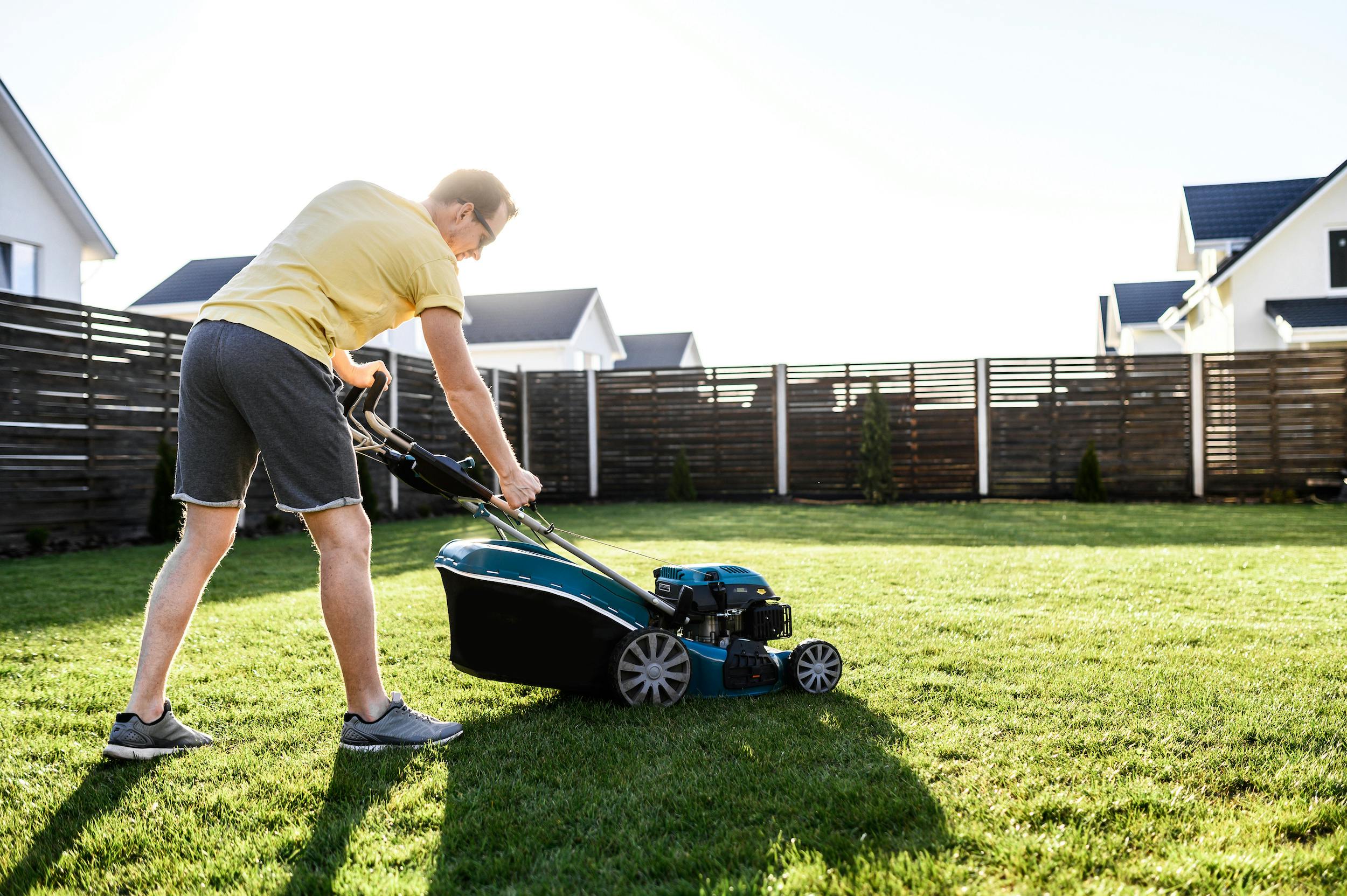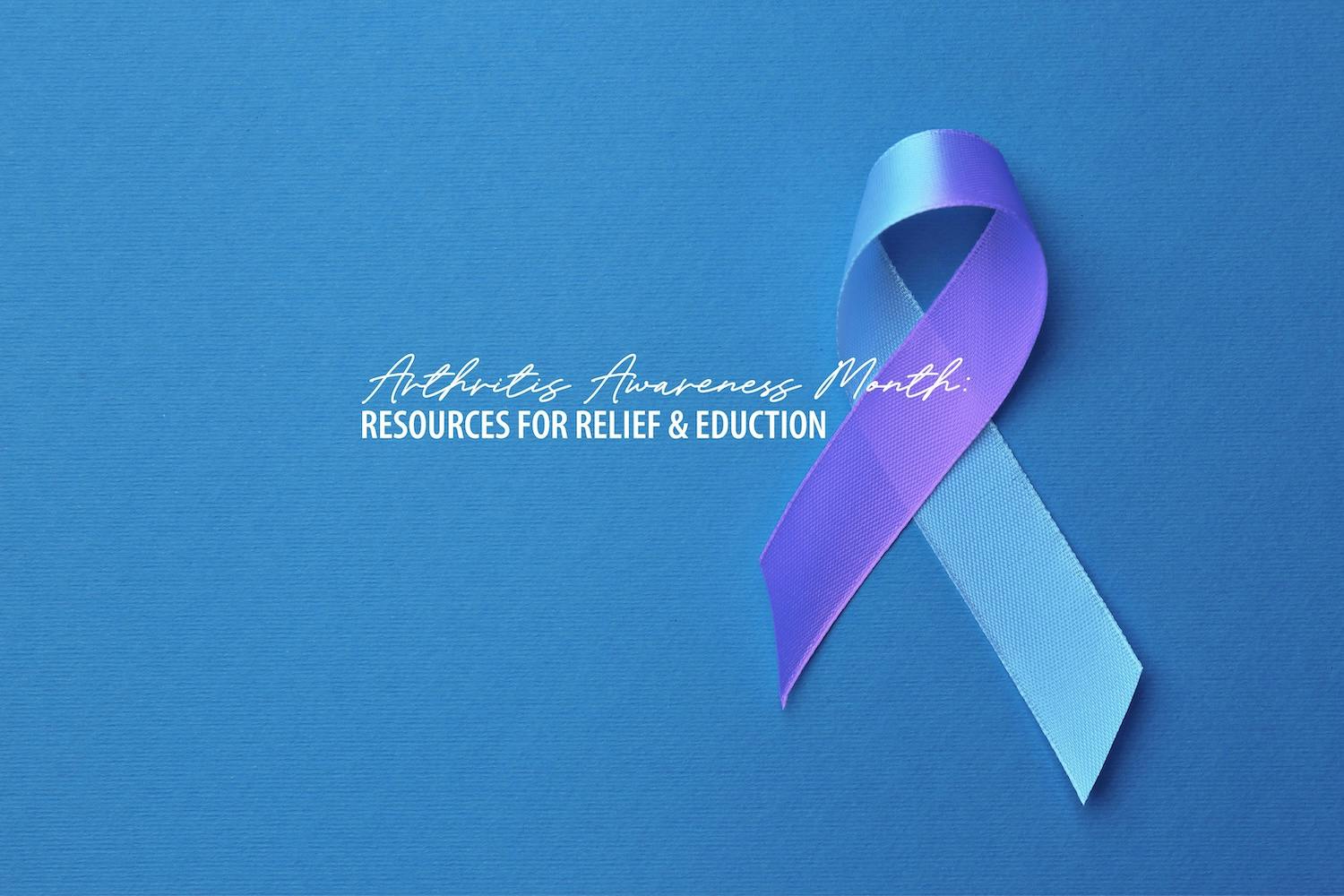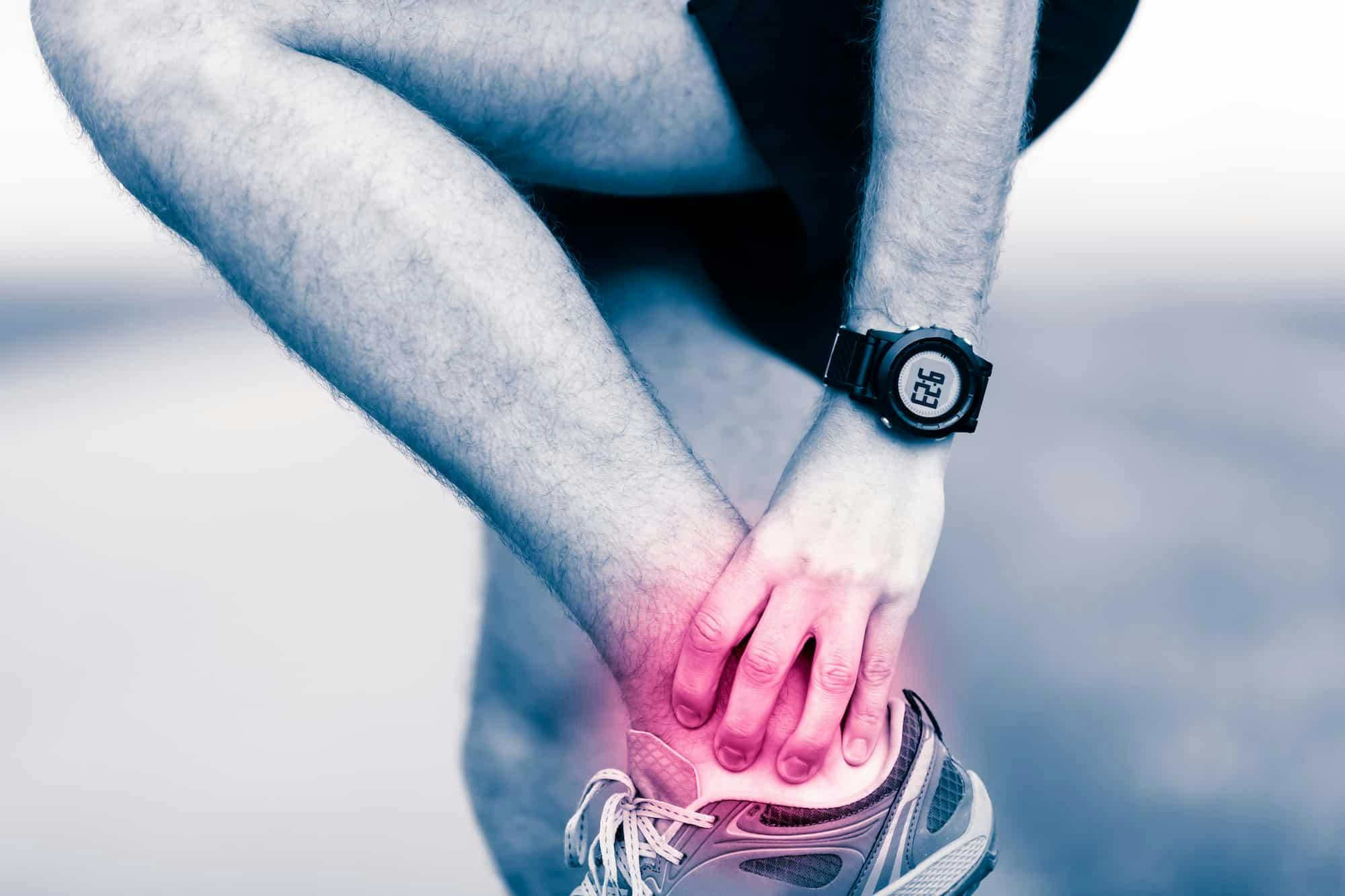- Blog
Summer Hand Safety Tips
Posted on 12-24-2025 in Hand by Dr. Steven Kronlage

Posted on 12-24-2025 in Hand by Dr. Steven Kronlage
It’s that time of year: the kids are getting out of school, the summer heat is on full blast, and the list of projects around the house starts to grow weekly. Whether you are cleaning up your front yard landscaping, building a new garden bed of fresh veggies, or knocking out one of the many projects on the home improvement list, safety is critical for starting any new DIY adventure! As we enter June and observe National Safety Month, this post identifies the most common injuries we see at North Florida Bone & Joint Specialists during lawn care and maintenance, gardening and home DIY projects and provides some practical tips to help keep your hands injury-free.
Lawn Care & Maintenance
In 2017, a U.S Consumer Product Safety Commission study indicated that over 253,000 people were treated for an injury resulting from a lawnmower. Children under 19 years old accounted for more than 10,000 of those injuries. Typical injuries included cuts, burns, missile objects (items launched from blades) and amputations. Below are a few essential safety tips for avoiding injury when using a power tool such as a lawnmower:
Gardening
In most cases, gardening can be relaxing and appear to be a somewhat safer task. However, according to the Consumer Product Safety Commission, more than 400,000 garden tool-related accidents happen yearly. To help avoid injury this season, keep the following gardening safety tips in mind:
Home DIY Projects
DIY projects such as building, painting, or restoring things around the home typically involve essential tools like a ladder or table saw. Although these tools can help knock out more significant items on the list, they are also prone to causing serious injury if not used properly. To avoid injury when completing your DIY home project, consider these injury prevention tips:
Ladders: Ladders come in all shapes and sizes, allowing them to be used for various projects both indoors and outdoors. They are designed to reach high areas and hold different weight amounts. Injuries caused by a ladder typically include; falling, broken bones, sprains of the wrists or ankles, head injury, etc. If you are injured by using a ladder, move slowly and seek medical attention if necessary. When operating a ladder, consider the following:

May is Arthritis Awareness Month, an opportunity to increase public understanding of arthritis and its impact on millions of lives. Established by the Arthritis Foundation, this national observance highlights the importance of early diagnosis, effective treatment, and ongoing research to improve the quality of life for those with arthritis.

With summer in full swing and children taking advantage of more time to participate in sports-related or other outdoor activities, it’s essential to be mindful of injury prevention while encouraging their interest in activities that don’t involve screen time!

May is National Arthritis Awareness Month, and of the more than 100 forms of this painful condition, many can affect the ankle. In fact, almost half of people in their 60s and 70s have arthritis of the foot and/or ankle, but not all of them have symptoms.